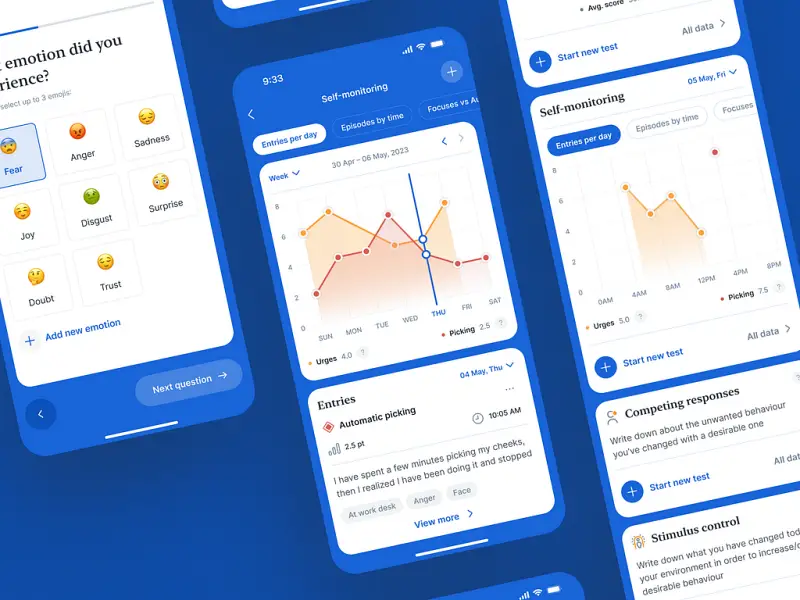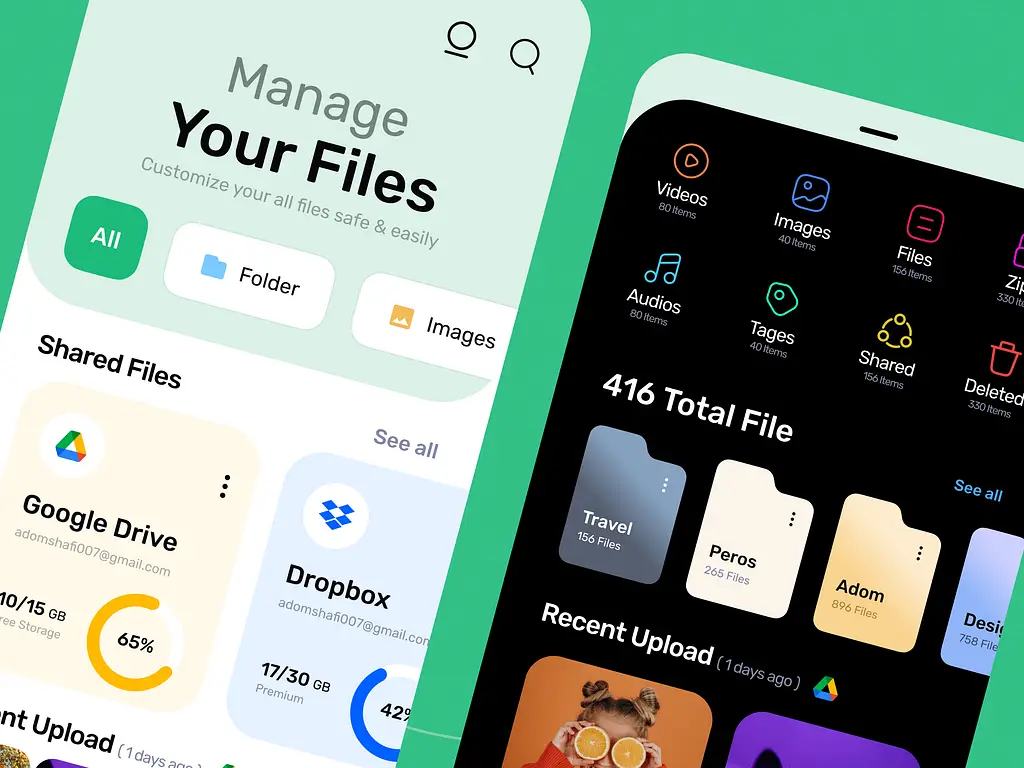Saas Application Development – Must Read Guide in 2025
- TECHVIFY Team
- 0 Comments
Can you recall the last time you bought a licensed CD or installed a program on your PC? You might struggle to remember, and for good reason. Today, most of the apps you use for work or daily life are products of SaaS application development.
Thanks to SaaS-based application development, businesses can efficiently offer their services through cloud computing and subscription-based payment models. As of 2021, the market value of SaaS apps was approximately $145.5 billion, and it’s projected to reach $171.9 billion by 2022.
Despite its popularity and high demand, SaaS app development is a highly competitive field.
This article will explore the characteristics of SaaS Application Development and outline the steps involved in the process.
I. What Is a SaaS Application Development?
A SaaS app, or Software-as-a-Service, is a cloud-based software model. It provides various features that can be adjusted to suit different user groups. You can access the data from any device and web browser with an Internet connection.
SaaS works on a subscription model, so clients don’t need to install the software locally or upgrade their hardware. Users can access SaaS solutions through an Internet browser or APIs, while the software provider manages all maintenance. Typically, a third-party cloud-computing provider handles the infrastructure.
SaaS apps are popular because they are flexible and cost-effective. Statista reports that the SaaS market is expected to reach $282.2 billion in 2024 and $374.5 billion by 2028, with a CAGR of 14.4% from 2023 to 2028. Developing SaaS applications can help your business stay competitive in the long term.
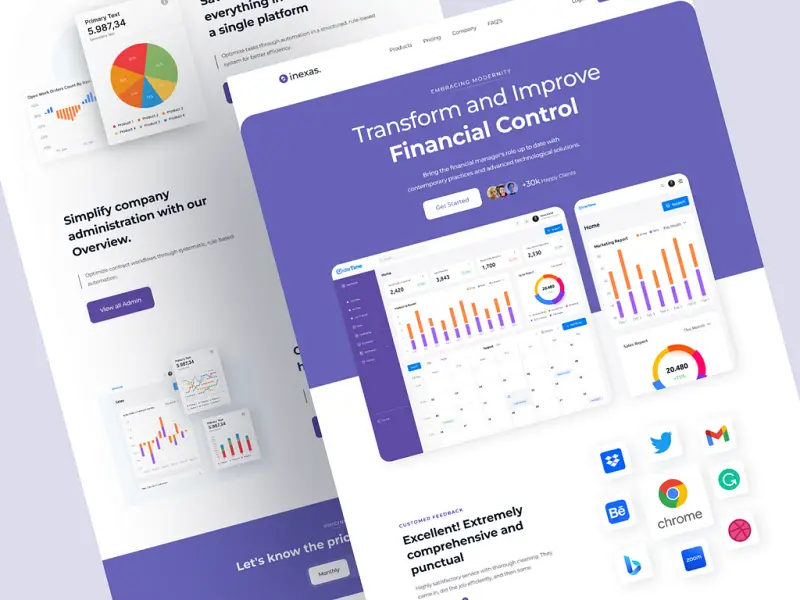
II. SaaS Application Architecture
Here are several ways to develop SaaS application architecture:
Multi-tenant means one infrastructure serves multiple customers, keeping each tenant’s data separate and secure. There are two methods for this approach:
- One app instance, one database: All users share the same database. This is easy to set up but has limited scalability, affecting performance.
- One app instance, several databases: New users are directed to different databases once others are full. This offers more resources and better responsiveness but is costlier and needs more early resources.
Single-tenant: Each customer has their own instance of the software. This model offers better security but is harder to support and maintain.
Horizontal SaaS: These apps serve many businesses across different industries, like accounting or marketing apps used by various sectors.
Vertical SaaS: These apps are made for a specific industry. They have tailored features for different user segments within that industry.
Serverless Architecture: This can work in two main ways:
- Backend-as-a-Service (BaaS): The backend is mostly hosted in the cloud.
- Function-as-a-Service (FaaS): Code runs in response to event triggers, activating functions as needed.
III. Things to Consider Before Developing a SaaS Application
SaaS app development is different from creating traditional apps with a one-time payment. Here are some key points to consider before you start:
Choose a Cloud Service Provider
SaaS applications rely heavily on cloud services. Choosing the appropriate cloud service provider is vital for the success of your product. You can choose from major providers like Microsoft, AWS, or Azure, or opt for a local service. Consider these factors:
- Security: Which security services are best for your product?
- Price: What is your budget for a cloud provider?
- Services: Does the provider offer the necessary services for your business, such as hosting, file storage, databases, and management services?
- Market Coverage: Does the provider operate in your target market?
Expert Tip: Major providers like Google Cloud Platform or AWS offer many services and tools that support business growth. If you plan to scale, these providers can accommodate your needs.
Ensure the Security of Your SaaS Application
In a SaaS business, you constantly handle databases. Storing data in the cloud raises significant security concerns. Fortunately, cloud providers typically address these issues.
For instance, Amazon Web Services (AWS) offers various security tools to manage traffic, restrict public access, and monitor public repositories. These tools include firewalls, public access settings, and honeypots.
Expert Tip: Regularly update and audit your security settings. Even with robust tools provided by cloud services, proactive management, and frequent reviews can help prevent potential security breaches.
Looking to Build a SaaS Application?
Contact TECHVIFY – Vietnam’s Leading Offshore Software Development & Outsourcing Company, for consultation and development services.
Integration with Third-Party Services
In SaaS app development, you need to offer many functionalities to meet user needs. Coding everything from scratch is time-consuming and expensive. Fortunately, you can integrate existing services from third-party providers. Examples include Google Maps, social media services, CRM systems, and payment services.
For instance, when we developed Plai, we integrated with Slack, a business communication platform. Slack handled notifications and data processing. This integration saved us significant time and effort, allowing us to focus more on business-related tasks.
Expert Tip: Choose third-party services with a strong reputation and reliable support. This ensures smooth integration and reduces the likelihood of issues down the line.
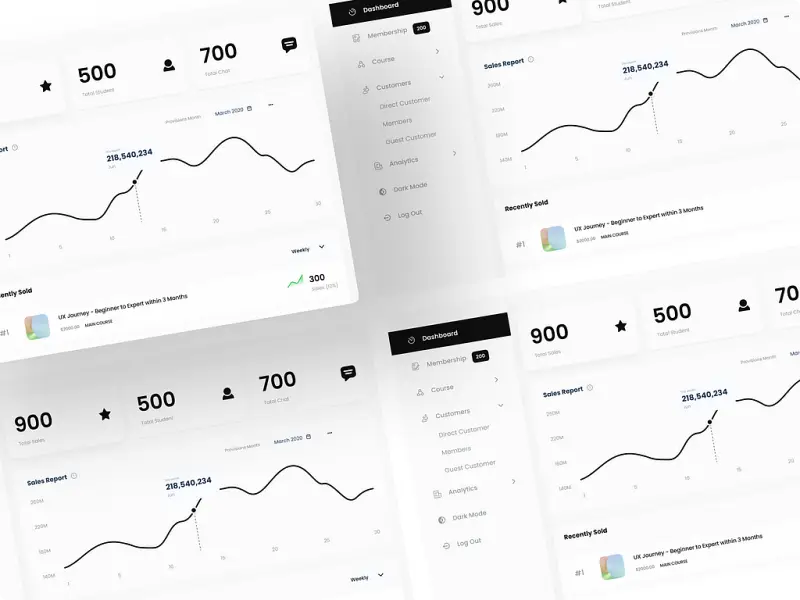
IV. Steps to Develop a SaaS Application
We have addressed the preliminary issues of SaaS application development. Now, let’s move on to the development process itself. Here are 7 steps to guide you to a successful SaaS product:
Step 1: Market Analysis
You have an idea for a SaaS application. The first step is to explore the conditions for its development. Research users, competitors, and market size. The main goals of this step are:
- Identify the target users
- Understand the users’ main problem
- See how users are currently solving the problem
- Suggest ways to improve their experience
Expert Tip: If you find that there are few or no competitors in the market, this might not be a positive sign. It could indicate that the market niche lacks demand for a new solution.
Step 2: Hypotheses Testing
After the first stage, you have suggestions for improving the solution for users. These are just hypotheses that need validation. To do this, conduct a round of user interviews:
- Interview your potential audience
- Understand what your users want and need
- Identify what obstacles prevent them from achieving their goals
- Create a prototype of your solutions and test it with users
Expert Tip: To better understand user interactions with your app, create a Value Proposition Canvas (VPC) and a Customer Journey Map (CJM).
- Customer Journey Map (CJM): This illustrates how users currently solve their problems, helping you identify opportunities to improve your product.
- Value Proposition Canvas (VPC): This tool reveals your users’ needs, pains, and desires, aiding in the creation of product solutions that address these factors.
Step 3: Validate Users’ Willingness to Pay
An essential step in developing a SaaS app is ensuring that your users are willing to pay for it. Conduct interviews and tests by asking insightful and relevant questions to explore this.
Step 4: Select the Right Monetization Model
Another revenue-related issue is selecting the monetization model for your SaaS application. The common choice is a subscription-based model, which has proven beneficial for many businesses. However, this model also presents some challenges:
- Customer Acquisition: With a subscription-based model, you invest in attracting users upfront, but the revenue comes in gradually, month by month.
- Customer Retention: To be profitable and cover all expenses (such as product development, office rental, and administrative costs), you need to ensure that customers use your service regularly and over a long period. A significant part of your investment will go towards customer acquisition and retention.
Expert Tip: If you are a SaaS startup, you need a sufficient budget before launching the product. This helps avoid a situation where all your funds are invested in user acquisition and product development, but monthly payments from users have not yet started to flow in.
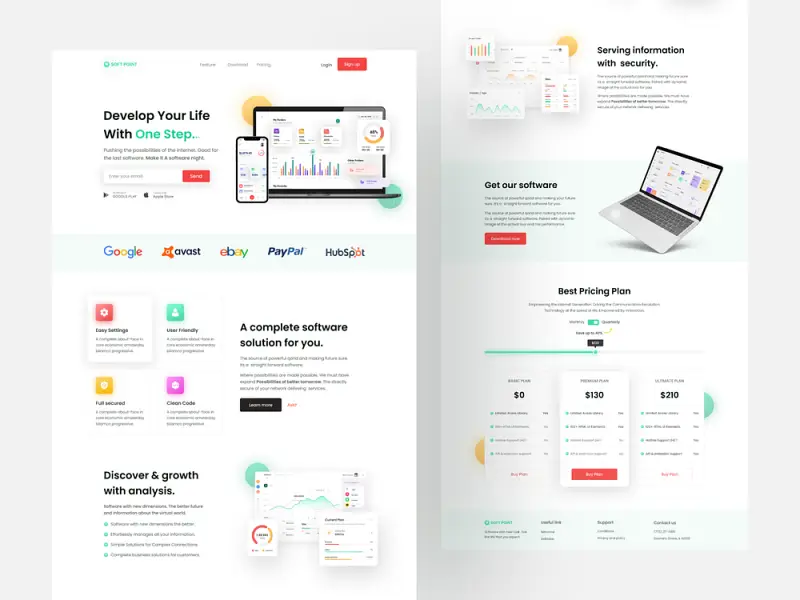
Step 5: Select Your Tech Stack
The technology stack comprises the technologies used in your software development. This includes the front-end and back-end frameworks, libraries, databases, servers, and infrastructure configuration.
Before deciding on the mobile or web tech stack, evaluate factors like scalability, expected profits, and initial costs.
Step 6: Develop the MVP
It’s time to create the initial version of the SaaS product – the Minimum Viable Product (MVP). The MVP is a basic model of your application, developed quickly and with minimal effort. It focuses on your app’s essential features and presents the product’s core idea. The main purposes of an MVP are:
- Testing the product’s hypothesis with early adopters
- Presenting the initial version to investors
Some clients might be surprised that a limited version of the product is built instead of a full-scale development. However, it’s essential for startups to validate the basic functionality first. If users respond well, you can proceed with full product development.
V. The Cost of SaaS App Development
Most SaaS development costs come from the salaries of developers and key team members. Building an in-house team also includes hiring and onboarding expenses.
How can you build a SaaS application cost-effectively? To minimize costs, consider outsourcing software development. By outsourcing, you only pay for the hours worked plus vendor fees. This approach can offer significant savings based on the location while still providing access to expert SaaS development skills.
Outsourcing SaaS development is effective because you can save significantly depending on the destination while accessing top expertise. Let’s compare the opportunities.
The monthly salary to hire a SaaS developer in different countries:
| Country | Average Monthly Salary (USD) |
|---|---|
| United States | $9,158 |
| United Kingdom | $8,800 |
| India | $3,000 |
| Vietnam | $2,500 |
Outsourcing to a SaaS development company in Vietnam offers an excellent quality-to-cost ratio. Vietnamese developers are known for their strong education, work ethic, and English proficiency. Vietnam’s time zone also facilitates effective collaboration with businesses in various regions.
Let’s talk
A consultation with the Client Relationship Manager, who represents TECHVIFY, without any commitment from your side, will give you:
- Structured and clear vision of your future application
- Information about how our software development company guarantees 100% on-time and on-budget delivery
- Recommendations for choosing the tech stack
- Advice on further steps
- Business-side recommendations
- Rough project estimation on software development
TECHVIFY is right where you need. Contact us now for further consultation:
VI. Develop Your SaaS Application with TECHVIFY
TECHVIFY can help you develop your SaaS application efficiently and cost-effectively. By outsourcing to TECHVIFY’s SaaS application development services, you gain access to a skilled team of developers without the overhead costs associated with an in-house team. Here’s why TECHVIFY is a great choice:
- Expertise: TECHVIFY offers a team of experienced developers proficient in the latest technologies and frameworks.
- Cost Efficiency: Outsourcing to TECHVIFY can significantly reduce your development costs. For example, hiring a SaaS developer in Vietnam through TECHVIFY is more affordable compared to hiring in Western countries.
- Quality: TECHVIFY ensures high-quality development standards, aligning with Western business values and practices.
- Communication: TECHVIFY’s developers have strong English proficiency, ensuring clear and effective communication throughout the project.
- Time Zone Advantage: Vietnam’s time zone allows for seamless collaboration with businesses in various regions, including the EU and the US.
By choosing TECHVIFY, you can confidently develop your SaaS application, knowing you have access to top-tier talent and cost-effective solutions.
Conclusion
Developing a SaaS application can significantly boost your business by offering a flexible and cost-effective solution. With the SaaS market expected to grow rapidly, investing in this technology will keep you competitive.
Outsourcing to TECHVIFY‘s SaaS app development services can further enhance your success. TECHVIFY provides expert developers, cost efficiency, high quality, and strong communication.
Contact TECHVIFY now for the best SaaS development services and start building your innovative solution today!
TECHVIFY – Global AI & Software Solutions Company
For MVPs and Market Leaders: TECHVIFY prioritizes results, not just deliverables. Reduce time to market & see ROI early with high-performing Teams & Software Solutions.
- Email: [email protected]
- Phone: (+84)24.77762.666




